Developing science and technology human resources in some countries in Northeast Asia
Scientific and technological human resources are the entire workforce participating in scientific and technological activities, of which research and development (R&D) human resources account for a significant number. In general, this is the force currently working or directly participating in scientific and technical activities, paid according to government regulations, including scientists, engineers, technicians and support staff. This human resource is considered a key resource for socio-economic development. Therefore, practice shows that countries in the Northeast Asian region have invested early in developing this resource and achieved many successes.
For example, Japan is a country that is highly developed in science and technology and has achieved great achievements in in-depth research, bringing significant changes to humanity. Japan's scientific and technological human resources account for 1/4 of the total Japanese workforce, mainly concentrated in the service and research sectors. Japan's scientific and technological human resources include three groups: 1- Research staff (scientific researchers, research engineers); 2- Technical staff and equivalent; 3- Direct support staff in research and development (R&D).
The Japan Advanced Institute of Industrial Science and Technology (AIST) is one of the largest research institutes in Japan (nearly 2,000 full-time researchers, 50 tenured researchers, 700 administrative staff and 1,300 technical staff). AIST trains scientists with the goal of research serving society, ready to cooperate with businesses to develop technology. AIST researchers pursue a "full research process" - integrating all stages of research, from basic research to production. The Japanese government pays special attention to R&D activities. Investment from the government and businesses in R&D activities has created a leap forward in the Japanese economy in the 60s and 70s of the 20th century. Currently, Japan is one of the countries with large investment capital in R&D.
Japan's success is due to: 1- Respecting education and training policies. Japan especially considers education and training as a top national policy to create high-quality human resources. The government implements projects such as the Global 30 Program (a special scholarship program of the Japanese Government for international students with the aim of internationalizing the learning environment at the university level) and the Global University Project to attract international students, improve the quality of teaching and research, create the best learning conditions for students; provide financial support for students and invest in educational facilities to ensure a quality learning environment; 2- Close cooperation between the government and businesses to promote scientific research and technological innovation. Provide grants, tax incentives and policy support to encourage businesses to invest in R&D; Universities and research institutes cooperate with enterprises to transfer technology and apply research results to production practices; support the development of high-tech zones, creating conditions for enterprises to access modern infrastructure and quality human resources; 3- Human-focused strategy. Develop human resources through advanced education programs, strongly support scientific research projects in key technology fields, such as artificial intelligence (AI), biotechnology and fusion energy, encourage the application of new technologies in production and life, promote the use of AI to optimize work processes and improve labor productivity.
Korea is the eighth-ranked country in the Organization for Economic Cooperation and Development (OECD) in terms of science and technology innovation index, of which the human resources and knowledge index - one of the five categories of the science and technology innovation index - is ranked sixth (in 2020). The proportion of the budget for R&D in Korea ranks first among 35 OECD countries with the Science and Technology Innovation Capacity Index (COSTII) reaching 12.246 points. Currently, Korea holds advanced science and technology and a strong R&D workforce.
The Korean government pays special attention to the issue of ensuring the supply of human resources in science and technology, and focuses on expanding investment in developing this human resource. In 1967, to solve the problem of the shortage of qualified human resources, Korea established the Korea Institute of Science and Technology (KIST), and launched a strategy to attract scientists and engineers educated and trained abroad. Postgraduate education is the strategy chosen by Korea to meet the increasing demand for human resources in science and technology.
In 2022, Korea will apply a contract quota system due to a serious shortage of human resources in industrial parks. The Korean semiconductor industry is short of about 3,000 workers per year. In the period of 2024 - 2028, it is forecasted that the demand for human resources with bachelor's degrees or higher in the field of science and technology in Korea will be short of about 47,000 people. Therefore, Korea's policy of developing human resources in science and technology has contributed to improving the capacity of the industry and meeting the requirements of technical progress. The success in developing human resources in science and technology in Korea is demonstrated by: 1- Timely provision of high-quality human resources for the industry to produce new products, providing a development platform in the new stage; 2- Ensure sufficient number of scientists, engineers and technicians, adopt preferential policies for returning overseas Korean scientists, establish social prestige for technicians, and exempt research talents from military service to attract researchers to R&D laboratories and manufacturing plants.
Developing the digital university model is also a successful example of Korea. This model has helped Korea ensure the quantity and quality of information technology human resources in general and digital human resources in particular. Currently, Korea has 20 digital universities; in which, the most prominent is Seoul Digital University, with online training, with an annual number of up to 40,000 students. Korea has achieved success in developing this human resource thanks to: 1- Having a human resource training policy suitable for R&D activities of research institutes and industry. This policy has contributed to timely provision of human resources for industry, becoming the driving force for the acquisition and application of imported technology to produce new products, providing a development platform in the take-off stage of the Korean economy; 2- Have preferential policies to attract researchers to R&D laboratories and manufacturing plants, such as preferential treatment for Korean scientists returning home from abroad, establishing social prestige for technicians, and exempting young talents from military service.
Engineers work on a semiconductor chip production line in Jiangsu province, China_Source: China Daily
Currently, China ranks first in the world in the number of scientific and technological human resources. China considers the development of scientific and technological human resources as one of the top priorities to realize the goal of economic development based on innovation. In 2021, China had 1.4 million scientific research and development experts, ranking second after the United States. In 2023, this number reached about 1.87 million people. Chinese scientists ranked fifth world in terms of the number of articles published in specialized scientific journals (after the US, UK, Germany and Japan). At the same time, China is in the top four countries with the largest number of patents in the world, along with South Korea, Japan and the US (1) .
China's success is due to: 1- A large population and human capital base; 2- A labor market that supports meritocracy; 3- A community of Chinese scientists abroad; 4- A government willing to focus on investing in science. It can be seen that China is currently holding and making good use of its economic and human resources - the main factors that determine the process of promoting the development of science and technology in this country.
Current status of science and technology human resource development in Vietnam
The 13th National Party Congress emphasized: “Promoting the development of human resources, especially high-quality human resources, to meet the requirements of the Fourth Industrial Revolution and international integration. Developing a team of leading experts and scientists; focusing on technical human resources, digital human resources, technology management human resources, management human resources, and business administration” ( 2) . Science and technology not only change production methods, but also change working methods, strongly impacting all aspects of life, from education, health care to communication and entertainment. Developing science and technology is an important factor, but human values are still the decisive factor. Vietnam has introduced many support policies, increased investment in science and technology, and developed science and technology human resources, and achieved certain results.
About achievements
The quality of Vietnam’s science and technology human resources has made significant progress in terms of education level, technical expertise and vocational skills. Notably, the enhancement of research and application of science and technology in basic research has made an important contribution to the development of key economic sectors, promoting the advantages and potentials of localities.
In the field of engineering, technology has researched and applied many technical advances in the production of construction materials, handicrafts, and post-harvest preservation of agricultural products, contributing to product diversification, increasing productivity, and reducing product costs. The medical and pharmaceutical field has researched and applied technology in diagnosing, detecting, preventing and treating diseases, assessing the current status of some diseases in the community that tend to increase with changes in the environment and climate. In agriculture, research has been done on some plant and animal varieties with high productivity and quality. In addition, Vietnam has also made progress in basic research, creating the premise for the formation of new multidisciplinary science and technology fields, such as space, biomedicine, nano, nuclear; natural science fields, such as mathematics, theoretical physics, etc.
Currently, the number and scale of Vietnam's science and technology human resources are increasing rapidly, especially young science and technology human resources. The proportion of researchers with post-graduate degrees (PhD, Master's) is high. The "brain drain" situation has been initially overcome. Vietnam has about 156,500 scientific research and technology development staff; of which, the number with PhD degrees is nearly 25,000 people.
About the limitations
Limited human resources . The number of Vietnamese science and technology human resources is small compared to practical needs, has a slow growth rate, and has not met the development requirements of the science and technology sector in the new period. The shortage of science and technology human resources in enterprises has become a barrier in the transfer of scientific and technological advances. Although the number of science and technology human resources is qualified, it has not met international standards, and the rate of proficiency in English or specialized foreign languages is still low.
The structure of human resources is unbalanced. The distribution of scientific and technological human resources is uneven among localities; a large number are concentrated in administrative units, large cities, such as Hanoi, Ho Chi Minh City, Da Nang, etc. Meanwhile, the proportion of scientific and technological human resources in the provinces is low. Although the number of scientific and technological staff has increased, there is a shortage of leading scientists who are capable of leading and creating new research directions to carry out national tasks at the regional and international level.
Third, the quality of human resources is still limited. In fact, although the quality of science and technology human resources has been improved, it still does not meet the requirements, especially high-level human resources and the development requirements of the knowledge economy. The quality of science and technology human resources in Vietnamese enterprises is mainly university-level (reaching 75%), while the proportion with doctoral degrees accounts for only 1%.
The scale of postgraduate training is still low. Vietnam has a fairly low scale of postgraduate training and has not increased in recent years (master's level training accounts for only about 5%, doctoral level training accounts for about 0.6%, much lower than other countries in the region and in the world). In particular, the scale of postgraduate training in STEM (science, technology, engineering and mathematics) is lower, master's level only accounts for more than 2%, doctoral level accounts for approximately 0.3% and continues to have a downward trend (3) .
In addition, a significant portion of highly qualified scientific and technological human resources do not directly engage in research work. Due to the current mechanism for appointing leaders and managers based on professional qualifications (titles, degrees), there is a situation where some leaders focus their time mainly on management and operations, and rarely participate directly in scientific research activities. Not only that, the number of highly qualified and experienced scientists is decreasing due to retirement age, especially in priority scientific and technological fields, high-tech fields, while the next generation has not been trained.
Students study at the Clean Room of the Nano and Energy Center, Faculty of Physics, University of Science, Vietnam National University, Hanoi_Source: vnexpress.net
Some policy suggestions for the development of science and technology human resources from the experience of some countries in the Northeast Asian region
Human resources in science and technology are the decisive factor in the competitiveness of enterprises. In the new period, the economy relies more on knowledge, science and technology, requiring highly qualified human resources, with deep understanding of technology and the ability to innovate. Therefore, referring to the experiences of some countries in the Northeast Asian region is useful in promoting the development of human resources in science and technology today.
Firstly, promote education and training, focusing on training high-tech human resources to meet development needs.
Korean experience shows this country has allocated 19-20% of the state budget for education and training. The country's education system is evaluated and ranked third among the best education systems in the world by the OECD. Korea invests heavily in developing research at universities. In the list of the world's top 200 universities ranked by the UK's Quacquarelil Symad (QS), Korea has 5 universities on this list. Korea promotes human resource training abroad. Many Korean scientists and students have chosen countries with strong science and technology development, such as Japan, the US, and Germany to work and learn advanced techniques and technology. The Korean government also issued a law on enhancing high-tech human resource training with the criterion that formal training courses must be linked to key industries. In particular, Korea has built a separate education system for science and technology, separate from the secondary and university education systems. Korea Advanced Institute of Science and Technology (KAIST) was established in 1971 with the aim of training science and technology human resources for Korea. Students studying at this school are granted scholarships and exempted from military service. About 40 - 50% of the total number of people with master's and doctoral degrees in science and technology research are trained by KAIST.
China ’s experience is to focus on investing in upgrading the quality of human resources and university infrastructure. China has risen to second place in the world rankings for education, after the United States; seven Chinese universities are among the world’s top 200 universities. Many initiatives launched by the Chinese government, such as the Cheung Kong Scholars Program, the 100 Program, the 1000 Program, and the 10,000 Talents Program, have increased the number of Chinese science and technology human resources.
Japan focuses on and supports the training of human resources in science and technology by opening training courses at universities with the participation of many science and technology experts. In addition, it has launched the Global University Project (2014 - 2023) with the goal of improving the quality of education, research and international cooperation in the university education system; creating conditions to attract excellent students and lecturers around the world.
Second, focus on investment to develop science and technology, especially information technology.
To address the shortage of IT human resources for the digital transformation process, from Korea 's experience , it can be seen that this country has issued regulations on: 1- Expanding the IT training system at the university and doctoral levels; 2- Supporting the development of advanced IT training programs, promoting research, development and training of IT lecturers; 3- Supporting the application of IT in the community; 4- Investing in the budget for training IT human resources and transferring responsibility to relevant agencies for implementation.
China has expanded its support for science and technology projects initiated by young scientists. Since 2012, the Department of Resource Allocation and Management (DRAM) of China has devoted 80% of its initiative to setting up special projects for young scientists and supported more than 230 groups of young scientists.
Japan 's experience shows that it is necessary to implement many measures to improve remuneration conditions and working environment to attract science and technology human resources. In 2024, Japan invested a budget of 1.33 billion USD to train information technology for middle-aged workers. Japanese Prime Minister Kushita Fumio pledged to launch a support package worth 400 billion yen to invest in human resources in the period 2023 - 2025.
Third, encourage businesses to invest in R&D, focusing on human resource development.
According to OECD statistics, in 2023, Korea ranked second in the world with an R&D allocation of 5% of GDP (4) . South Korea promotes Invest heavily in R&D with the goal of mastering advanced technology, creating an operating environment, building and developing a team of scientific and technological human resources.
In 2023, China 's total R&D investment will be 2.6% of GDP (5) and continue to maintain a steady growth trend.
Japan encourages businesses to invest in R&D by providing tax incentives for increased research costs. For small and medium-sized enterprises (with total capital of less than 100 million yen or fewer than 1,000 employees), the Japanese government allows 6% of tax revenue to be retained for R&D activities, encouraging close cooperation between R&D organizations and businesses. In the 5th Basic Plan (2016-2020), the total investment in R&D by the public and private sectors in Japan reached 26,000 billion yen (equivalent to 236.3 billion USD). In 2023, the country's R&D spending will reach 3.4% of GDP (6) .
Fourth, policy to attract scientists from abroad to return to serve the country.
To attract scientists, KIST ( Korea ) has offered attractive salaries along with “repatriation allowance” and large financial support. Attracting a team of researchers and engineers trained abroad has greatly contributed to the scientific and technological progress of Korea. Scientists have become an important human resource in the technical and knowledge network to develop new technology in Korea.
For China , to attract high-quality human resources to return to serve the country, the country offers a reward of up to 1 million yuan (RMB), along with research funding of up to 5 million yuan. Scientists enjoy additional benefits in health care, housing and legal support. The level of funding in provinces and universities is even double that of the central level. In addition to attracting talents according to existing project programs, China also implements a talent incentive policy focusing on three directions: 1- Cultivating talents is the foundation; 2- Attracting talents is the focus; 3- Using talents well is the key.
Japan focuses on attracting highly skilled workers rather than hiring large numbers of employees. Higher salaries are a top priority for tech workers working in Japan, with more than 70% of tech workers receiving raises in certain positions.
Fifth, promote international cooperation in science and technology human resources.
In order to expand cooperation with foreign scientists, China has opened three categories of awards for foreign scientists: 1- State Natural Science Award (SNSA); 2- State Technological Invention Award (STIA); 3- State Science and Technology Progress Award (SSTPA), which have made significant contributions to facilitating international cooperation, especially professional exchanges for promising scientists.
In Japan , AIST has extensive research cooperation with more than 500 researchers, 2,000 enterprises and universities, attracting more than 500 international researchers. AIST consists of 22 research institutes and 20 research centers nationwide, and is considered a bridge for Japan's innovative technology seeds.
In 2021, KAIST of Korea signed a memorandum of cooperation with the University of Sussex (UK) to strengthen cooperation in training experts in science and technology. Accordingly, it will implement exchange programs, educational programs, and research activities on science and technology policy. In addition, the joint training program between Tokyo Institute of Technology (Japan), Tsinghua University (China) and KAIST (Korea) is promoted to strengthen cooperation and develop human resources in the field of science and technology in the Asian region./.
----------------------
(1) Kirana Aisyah: “China Highlights the Importance of Human Resources in Sci-tech Innovation”, Opengov , May 31, 2021, https://opengovasia.com/2021/05/31/china-highlights-the-importance-of-human-resources-in-sci-tech-innovation/
(2) Documents of the 13th National Congress of Delegates , National Political Publishing House Truth, Hanoi, 2021, vol. I, p. 231
(3) “The scale of postgraduate training in STEM fields is very low and tends to decrease”, VOV2 website , June 19, 2023, https://vov2.vov.vn/giao-duc-dao-tao/quy-mo-dao-tao-sau-dh-khoi-nganh-stem-rat-thap-va-co-xu-huong-ngay-cang-giam-42846
(4), (5) “Ranked: Countries Investing the Most in R&D”, Visual Capitalist , April 17, 2025, https://www.visualcapitalist.com/rd-investment-by-country/
(6) “Ranked: Countries Investing the Most in R&D”, Tlđd
Source: https://tapchicongsan.org.vn/web/guest/quoc-phong-an-ninh-oi-ngoai1/-/2018/1112102/phat-trien-nhan-luc-khoa-hoc%2C-cong-nghe--kinh-nghiem-cua-mot-so-quoc-gia-khu-vuc-dong-bac-a.aspx



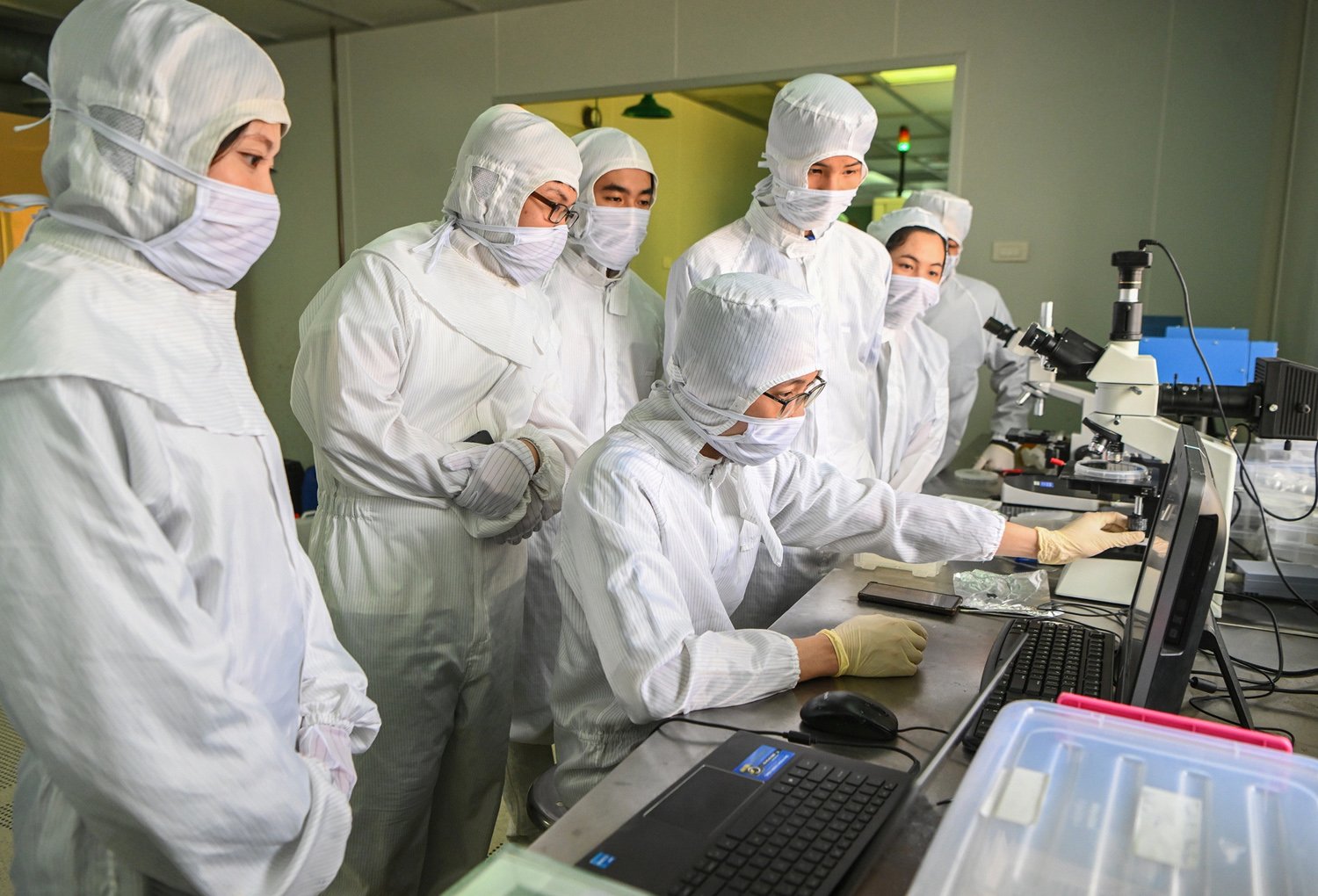
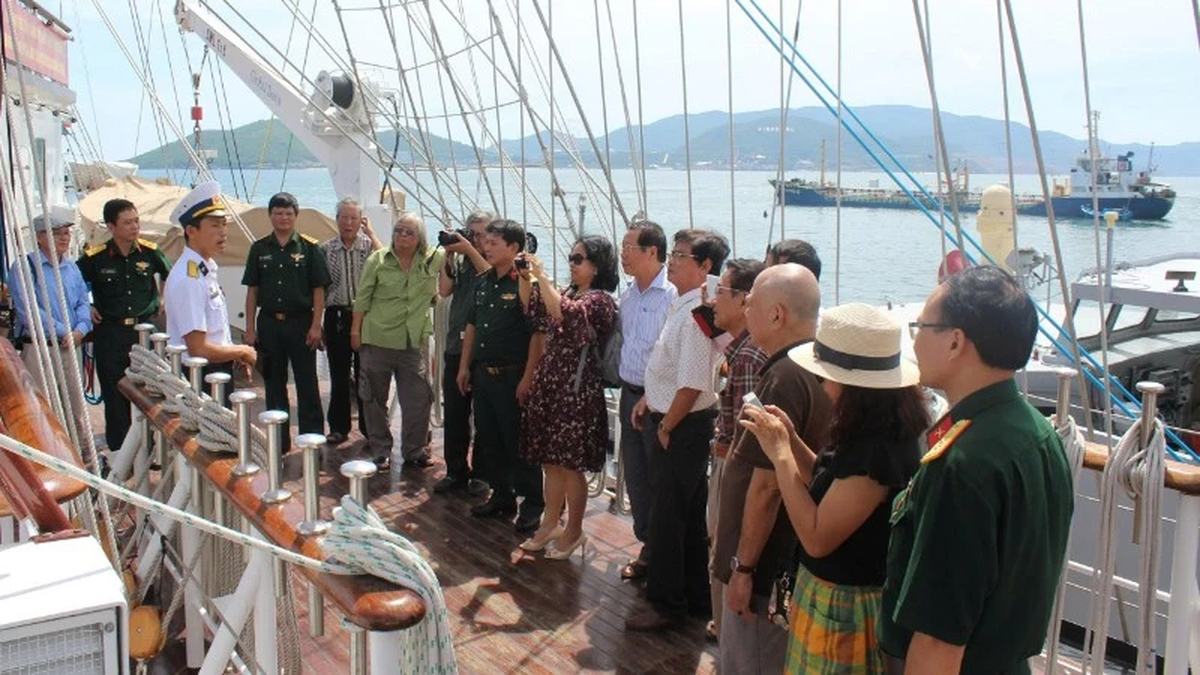

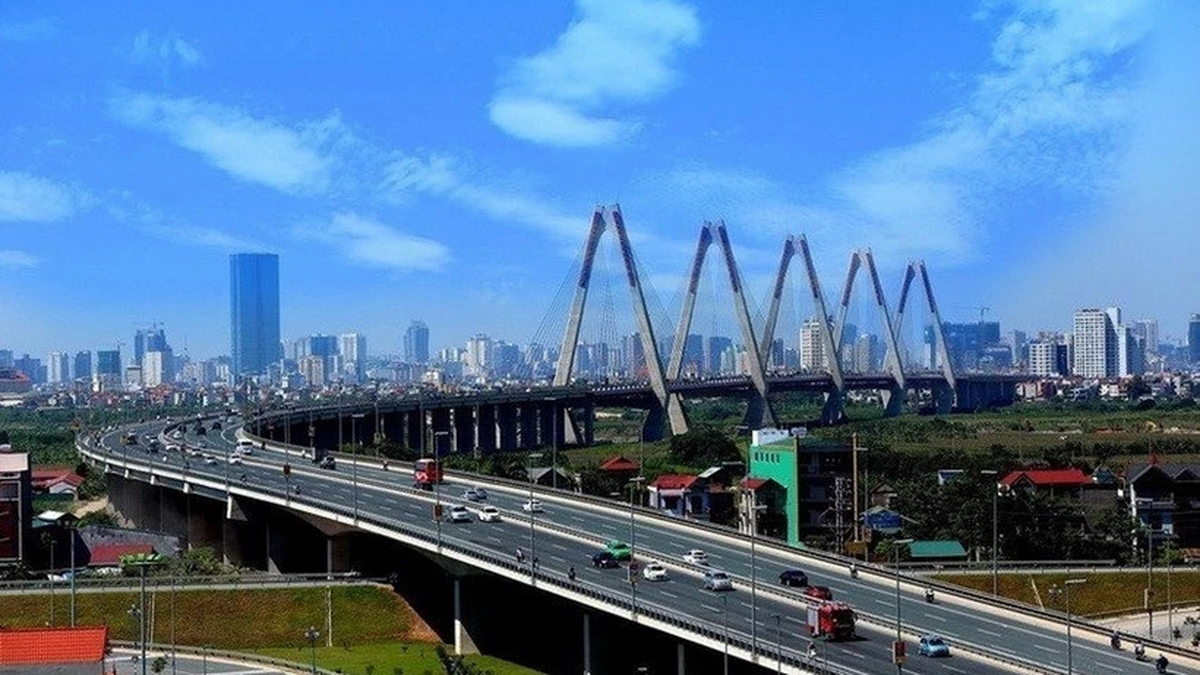

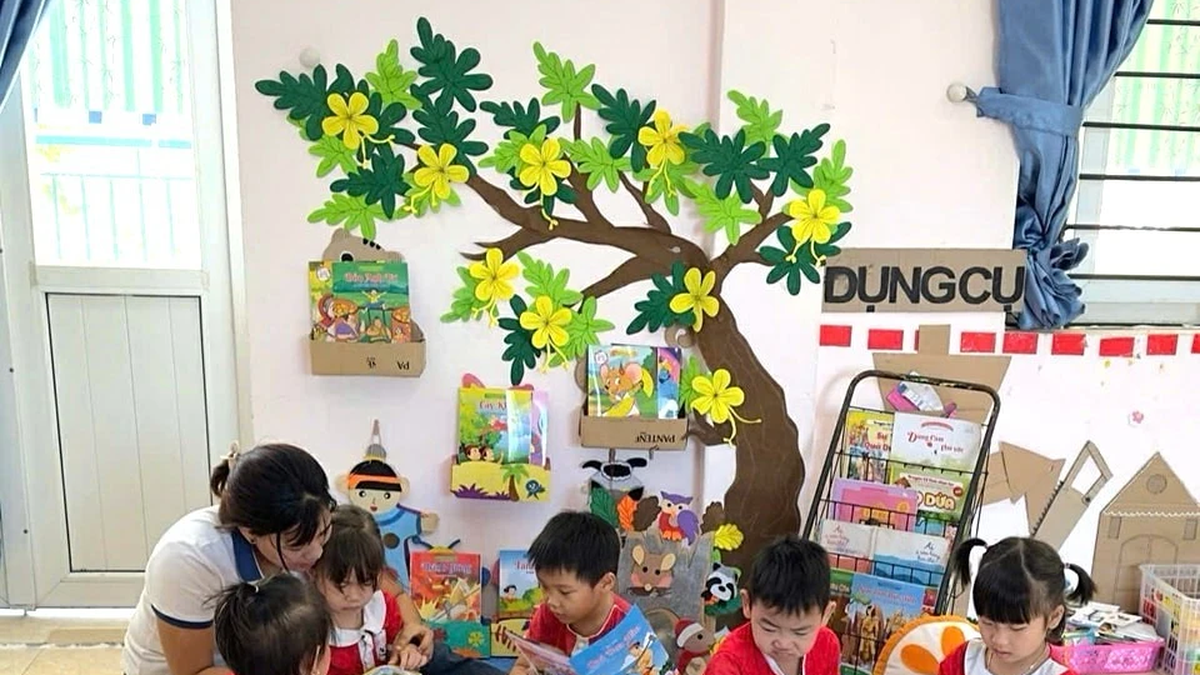
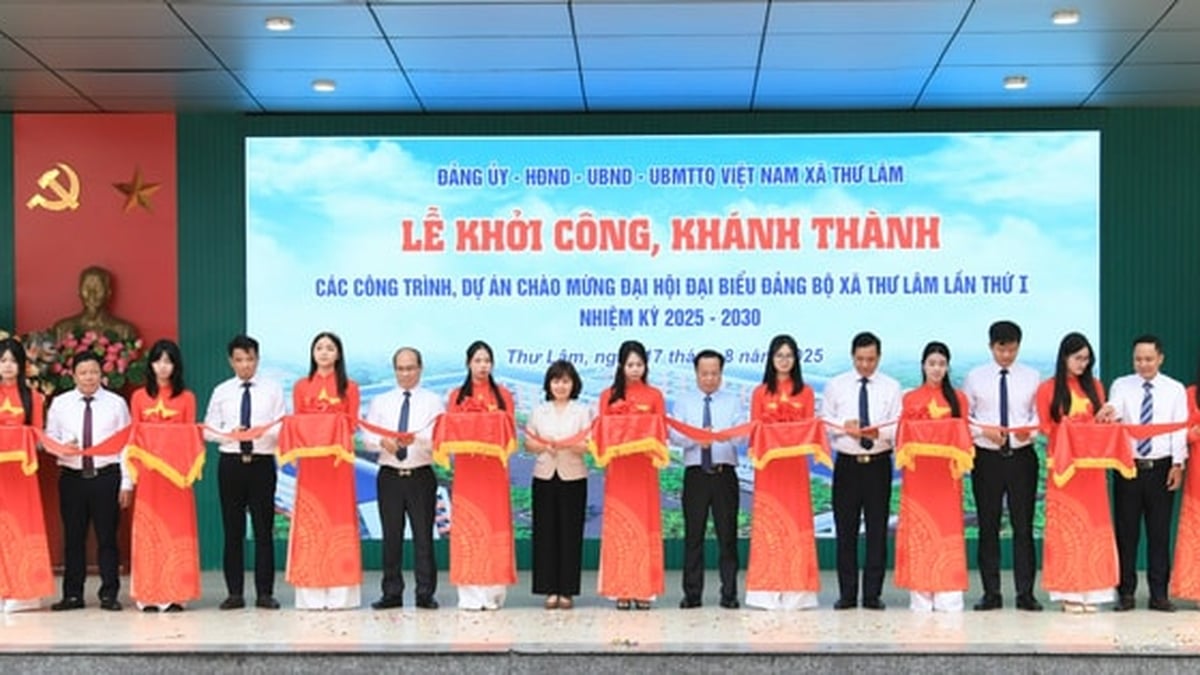
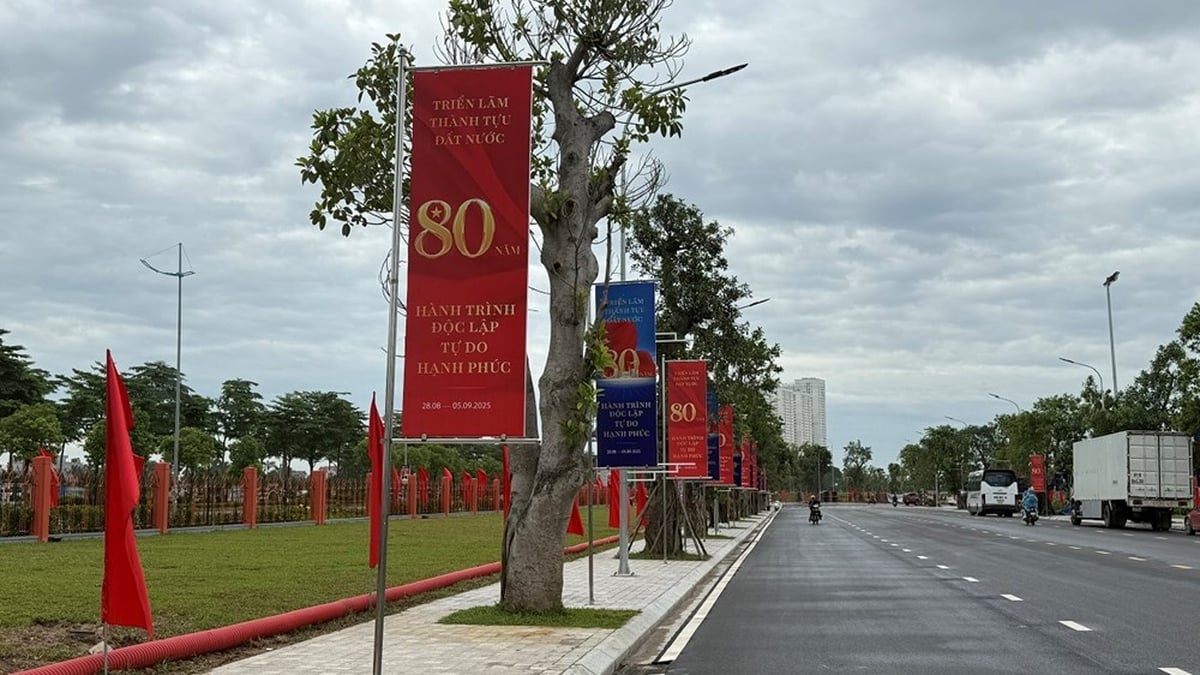

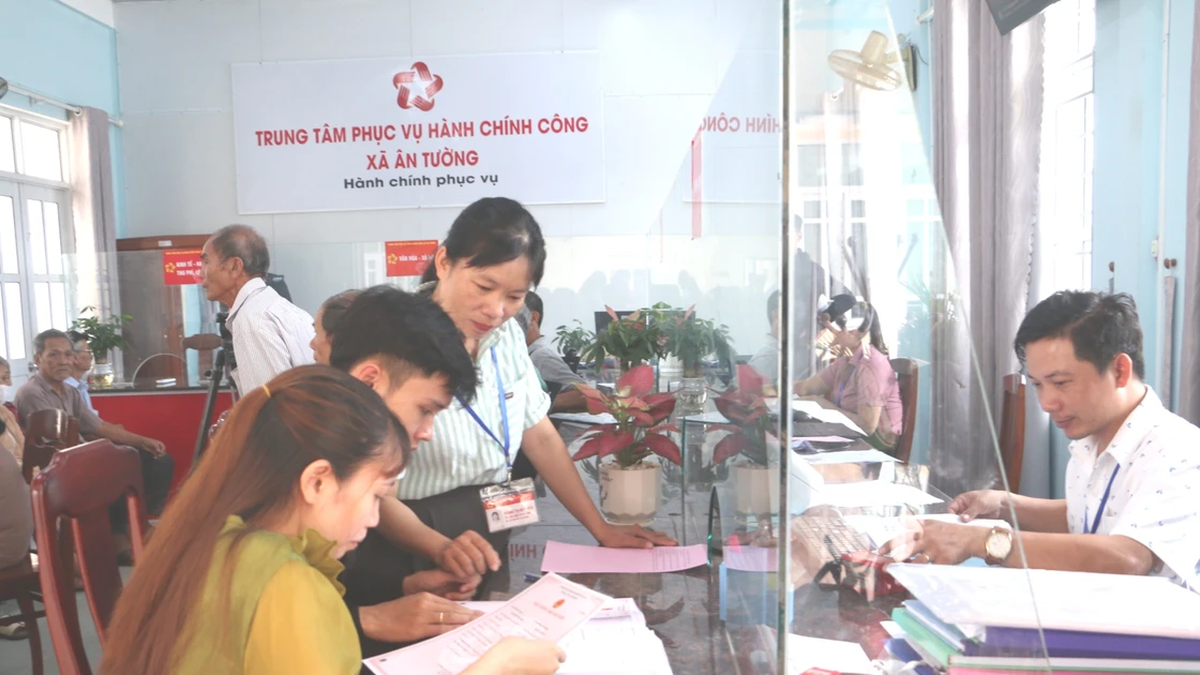
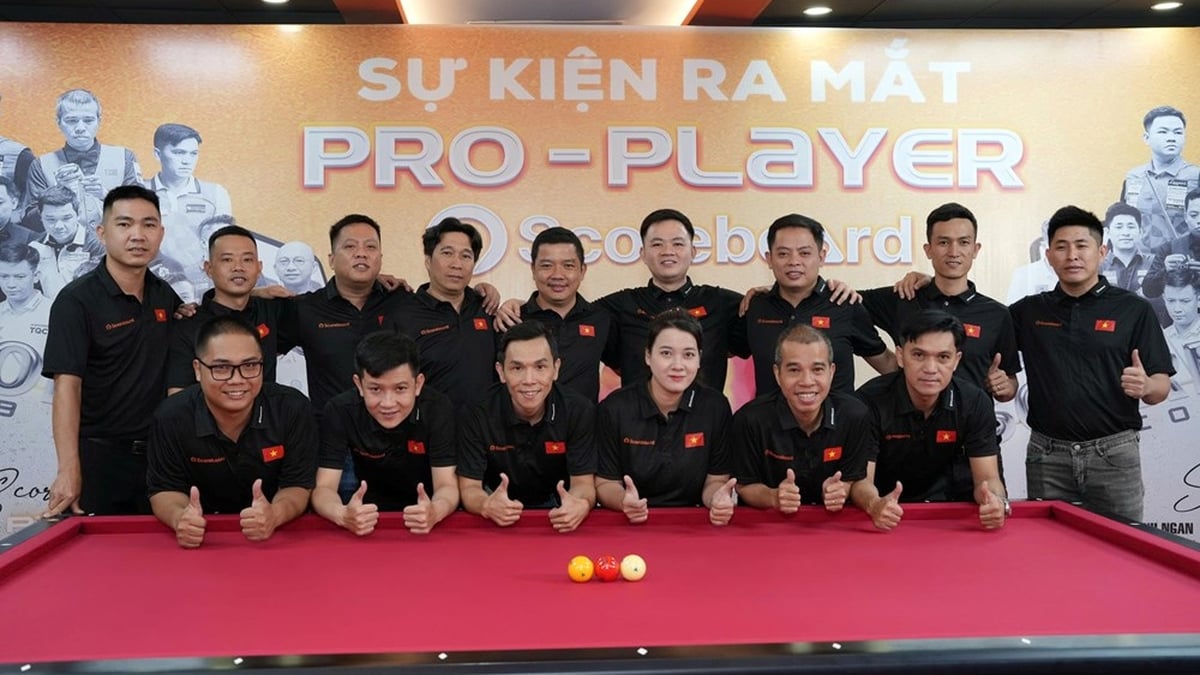










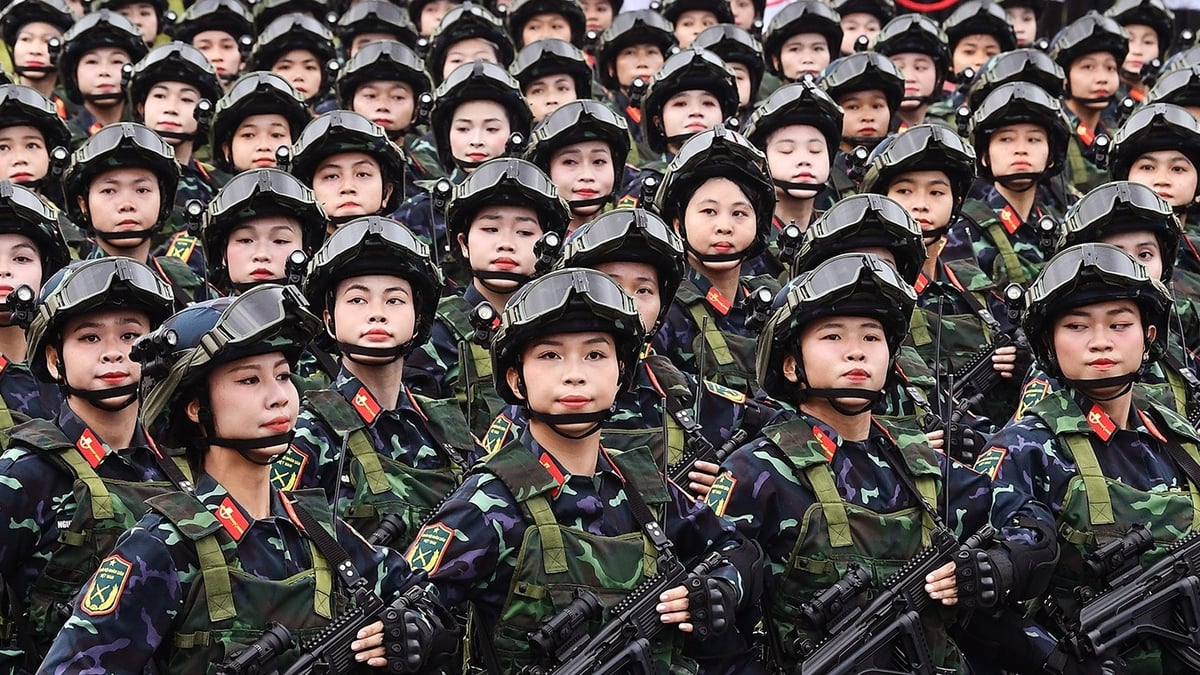
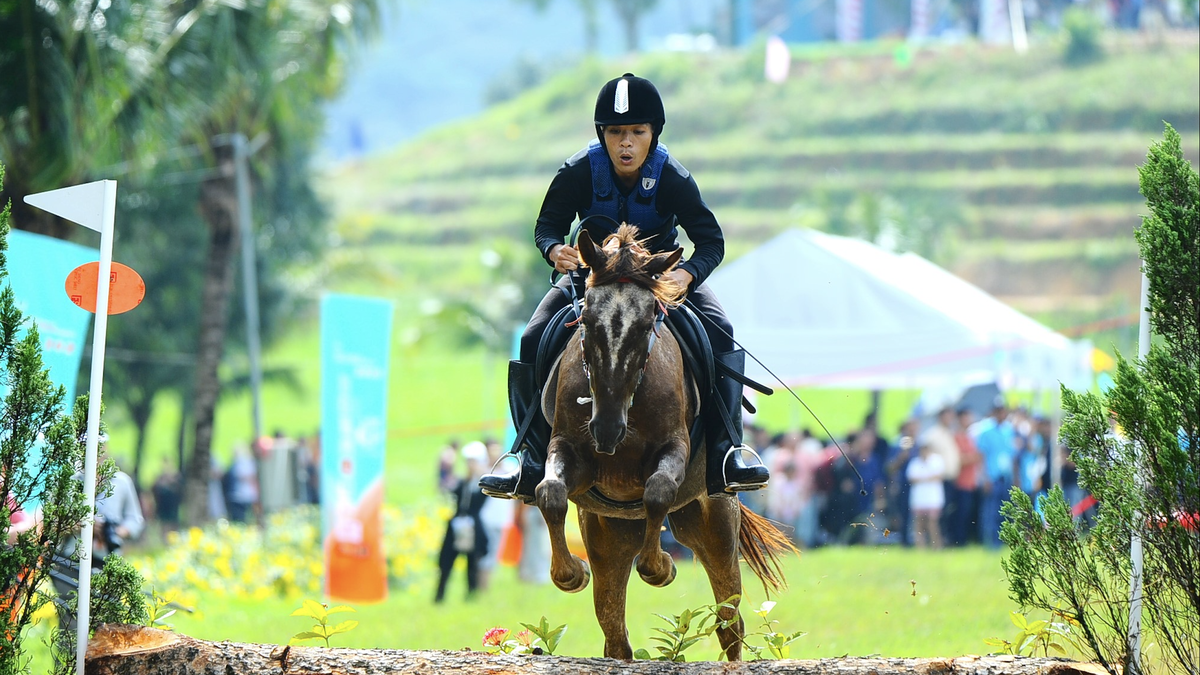

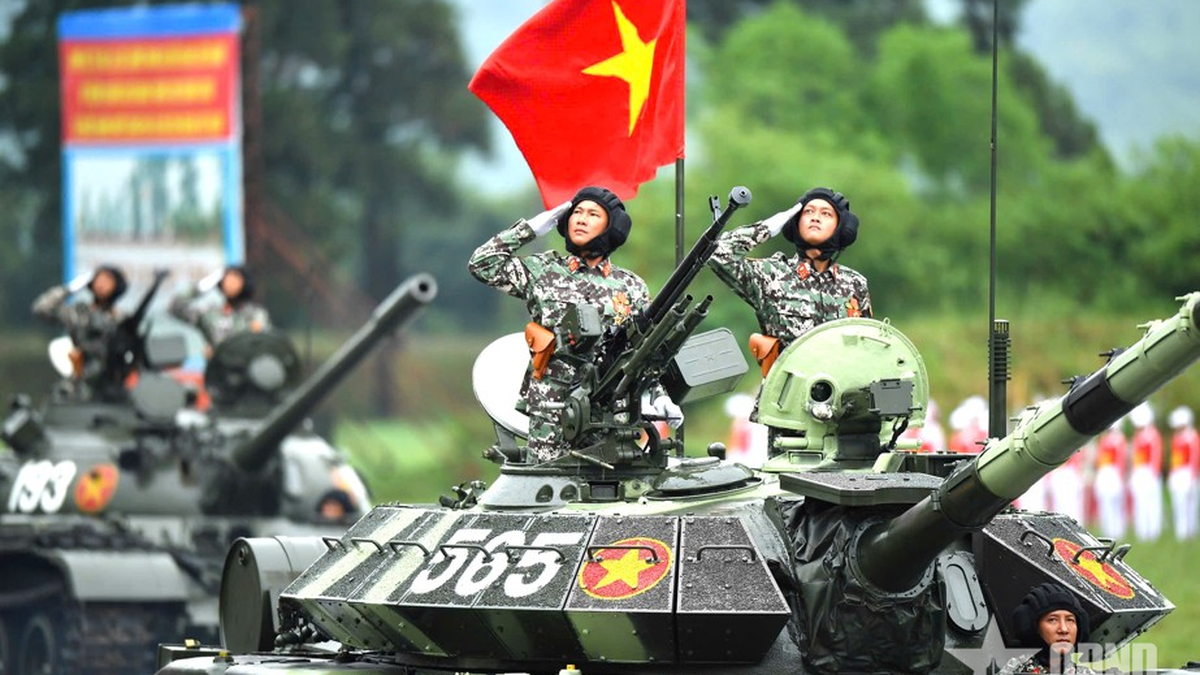
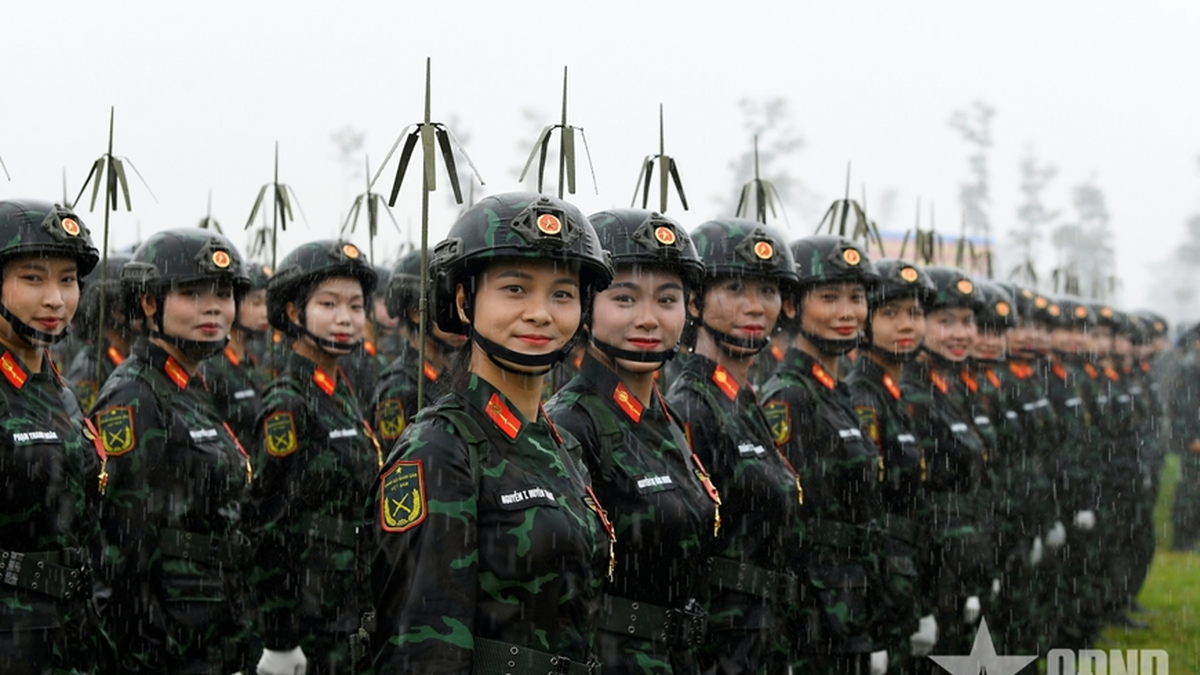




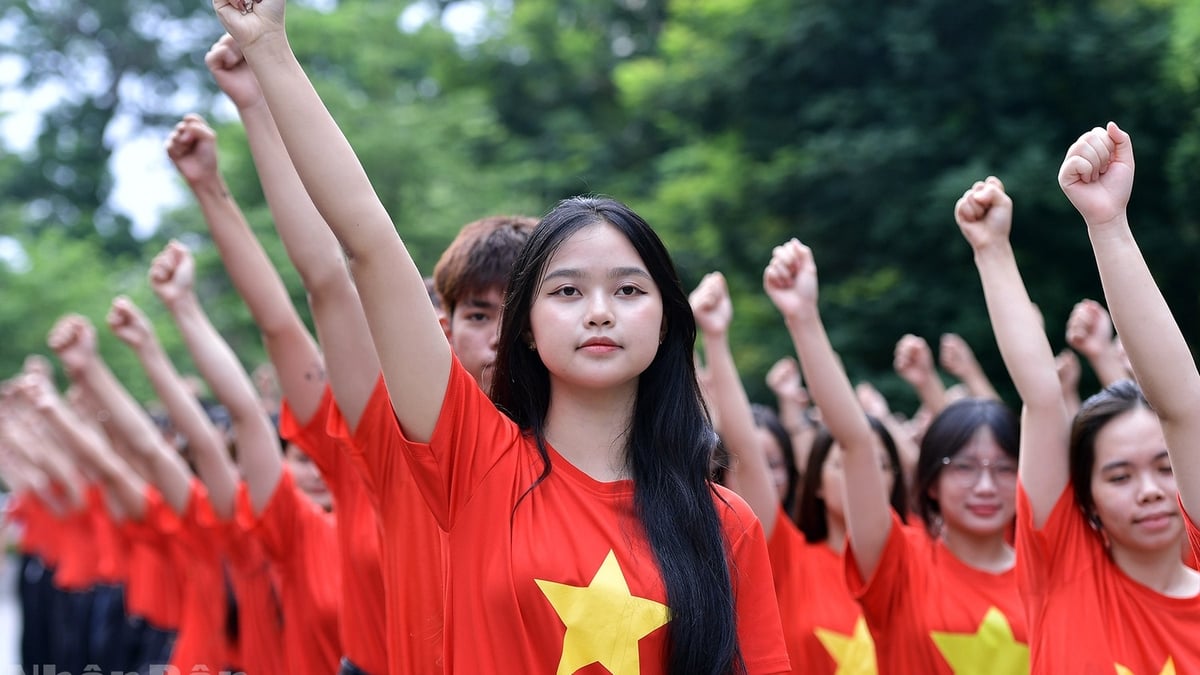
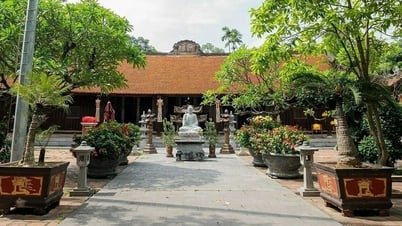












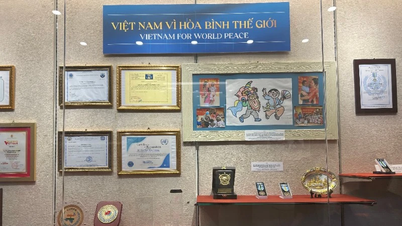








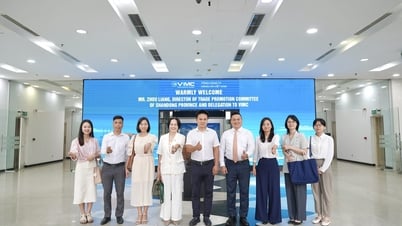

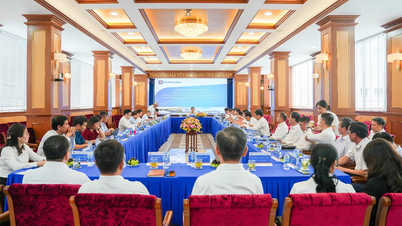





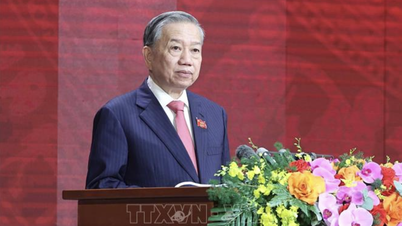



![[Photo] Party and State leaders visit President Ho Chi Minh's Mausoleum and offer incense to commemorate Heroes and Martyrs](https://vphoto.vietnam.vn/thumb/402x226/vietnam/resource/IMAGE/2025/8/17/ca4f4b61522f4945b3715b12ee1ac46c)


![[Photo] General Secretary To Lam and other Party and State leaders attend the ceremony to celebrate the 80th anniversary of the Vietnam People's Public Security Forces' Traditional Day.](https://vphoto.vietnam.vn/thumb/402x226/vietnam/resource/IMAGE/2025/8/17/1f782c0c9f37400d86b29aefbd8a891b)

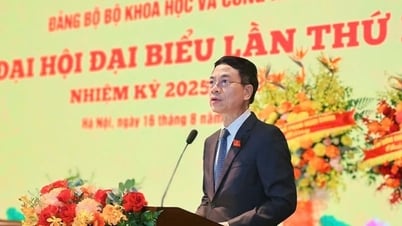

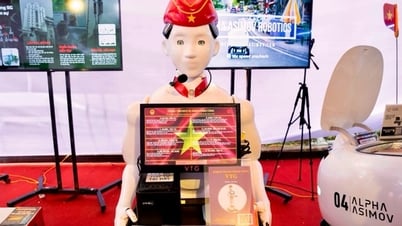



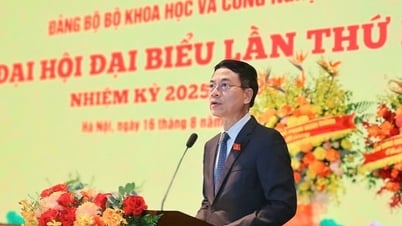
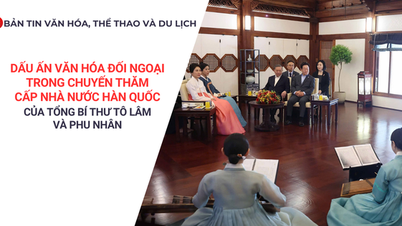






















Comment (0)